How To Play Yu-Gi-Oh!
 Yu-Gi-Oh! (or just YuGiOh) is a card game in which two players attempt to defeat each other by decreasing their opponent's Life Points (down to 0) using a collection of monster, spell, and trap cards.
Yu-Gi-Oh! (or just YuGiOh) is a card game in which two players attempt to defeat each other by decreasing their opponent's Life Points (down to 0) using a collection of monster, spell, and trap cards.
The YuGiOh Card Game
Getting Started
Other than your decks (refer to the Decks section below), you're going to need a few extra items to assist in gameplay. These items include:
- A coin - some cards require a coin flip
- Dice - some cards require a die roll
- Counters - any small object that can be used as a marker to keep track of certain metrics that may affect some cards
- Monster Tokens - (refer to Other Rules section below)
Some other items that can help but are not required include:
- Calculator - to help track Life Points (optional)
- Card Sleeves - to protect cards from damage (optional)
- Game Mat - helps you organize your cards into the correct game zones during a duel
Decks
Each player must have three different types of YuGiOh decks to be eligible for gameplay:
- Main Deck
- Extra Deck
- Side Deck
It is required that your Main Deck contains between 40 and 60 cards.
Be aware that you can't just load your deck with multiple copies of the same card; you are limited to a maximum of three copies of the same card in your main deck.
The Extra Deck holds your Synchro and Fusion Monsters (refer to Monster Cards section below), which can be used during the game if certain requirements are met. This deck can hold anywhere from 0 to 15 cards and is not considered toward the count of your Main Deck.
The Side Deck is another separate set of 0 to 15 cards (not counting towards your Main Deck) that allows you to customize and adapt your deck to your specific opponent and/or the situation of the battle. Players are given the opportunity to swap any card from the Side to Main Deck after each duel in the battle, as long as both deck counts remain the same after the swap.
Game Zones
Before playing YuGiOh, it is necessary to know where cards can and can't be placed in the battlefield. There are six different game zones in the field:
- Monster Card Zone
- Spell & Trap Zone
- Graveyard
- Deck Zone
- Field Card Zone
- Extra Deck Zone
Up to five Monsters can be placed in the Monster Card Zone. These cards are positioned in the zone depending on what you want the card to do (more on this in the Monster Battle Rules section below).
Up to five Spell and/or Trap Cards can be placed in the Spell & Trap Zone. These cards can be activated by positioning them face-up in the zone, or they can just be laid face-down for use later.
Each player has a Graveyard where destroyed Monster Cards and used Spell & Trap Cards are sent. Graveyard cards are public knowledge, meaning that the cards are face-up and players can look through them at any time. The cards in the Graveyard should be in organized in the order in which they are sent there, and this order should not be changed.
Each player also has a Deck Zone where their Main Deck is located (face-down). Players draw cards for their hand from their deck in this zone.
The Field Card Zone is where special Spell Cards (Field Spell Cards) can be played. Only one can be played at a time by both players and any previously active Spell will be destroyed automatically upon the activation of a new Spell.
The Extra Deck Zone is where players put their Extra Deck (face-down). This deck is only viewable by the player that owns it.
YuGiOh Cards
Monster Cards
Here are the different types of Monster Cards (we'll get to how you summon them later):
- Normal Monsters
- Effect Monsters
- Synchro Monsters
- Tuner Monsters
- Fusion Monsters
- Ritual Monsters
Normal Monsters have no special effects but typically have higher ATK (strength) and DEF (defense) points than Effect Monsters.
Effect Monsters are monsters with special abilities. There are five different types:
- Flip Effect - activated when a face-down card is flipped face-up
- Continuous Effect - effect is active while monster is face-up in the battlefield and ends when monster is no longer active/face-up
- Ignition Effect - used by declaring activation during your Main Phase (more on this later), some have costs
- Trigger Effect - activated during a specified time
- Quick Effect - can be activated whenever, even during an opponent's turn
As part of the Extra Deck, Synchro Monsters are powerful cards that can be summoned either by a Special Summon or a Synchro Summon.
Tuner Monsters are cards that allow you to Synchro Summon a Synchro Monster. These monsters are considered Synchro Material Monsters because they are material cards required to Synchro Summon.
The other monster cards found in your Extra Deck are Fusion Monsters. To summon these cards, you must perform a Fusion Summon.
Out of the main deck, Ritual Monsters are monster cards that also require a Special Summon called a Ritual Summon. You must have all the required cards together in your hand or in the battlefield.
Spell & Trap Cards
The main difference between Spell Cards and Trap Cards is that Spells are mainly used to boost offense while Traps are mainly used to disrupt opponent attacks. Also, Traps must be set in the field and can't be activated within the same turn, whereas most Spells can be activated on the same turn during which you play them. There are several different types of Spell and Trap cards:
- Spell Cards
- Normal Spells
- Ritual Spells
- Continuous Spells
- Equip Spells
- Field Spells
- Quick-Play Spells
- Trap Cards
- Normal Traps
- Continuous Traps
- Counter Traps
The effects of Normal Spells can only be used once, and once it is used it is sent to the graveyard. These cards are activated by making your opponent aware of its use and placing it face-up in the battlefield. The specific effect of the spell is described on the card.
The Ritual Spell Card is one of the cards necessary to perform a Ritual Summon. After it is used, it is sent to the Graveyard.
Continuous Spells are cards that stay in the battlefield and have a lasting, continuous effect on the game. This effect can either be positive for the user or negative for the user's opponent. Watch out though, there are cards the opponent can use to destroy these Continuous Spells.
Equip Spell Cards are attached to a monster in the field and improve that monster's abilities. These spells are continuous in the field, but they can only be attached to one monster. When this monster is destroyed, flipped face-down, or removed from the field, the Equip Spell is also destroyed.
Field Spell Cards are special spells that are activated in the Field Card Zone, which is a special area in the battlefield where only Field Spells can be played. Only one Field Spell can be active from both players and if somebody chooses to activate a new Field Spell, the previous one is destroyed.
Quick-Play Spells are special spells that can be played during any phase of your turn as well as your opponents turn.
To activate a Normal Trap Card, it must first be set in the field. Normal Traps, like Normal Spells, are single-use and after the effect takes action the card is then sent to the Graveyard.
Continuous Traps are great for limiting your opponent's options and some can even damage your opponent's Life Points (at a slow rate). So long as the card stays face-up its effects are continuous, much like a Continuous Spell.
Upon activation of other Spells or Traps, Counter Trap Cards have the ability to negate the effects of those cards.
Summoning Monsters
In order to use your monster cards, you need to summon them. Some summon actions are simple, but others take multiple steps and cards to complete. The different types of summons are as follows:
- Normal Summon
- Tribute Summon
- Flip Summon
- Special Summon
- Synchro Summon
- Fusion Summon
- Ritual Summon
Normal Monsters and most Effect Monsters can be summoned simply by playing the card face-up into the battlefield. This is called a Normal Summon.
To summon monsters level 5 or higher, you must perform a Tribute Summon. A tribute is the action of sending one of the user's monsters to the Graveyard (like a sacrifice). If the monster you wish to summon is level 5 or 6, you must tribute one other monster. If the monster is level 7 or higher, it is required that you tribute two monsters!
When you set a monster in the battlefield (face-down in the defense position) it is not considered summoning. To actually summon these monsters, you must perform a Flip Summon. Set cards can only be Flip Summoned to the face-up attack position (not face-up defense) and you must wait until the next turn to do so if you just set the card.
Any monster that can't be Normal Summoned or set up for a Flip Summon has to be played to the field using a Special Summon. This includes Synchro, Fusion and Ritual Summons. When you perform a Special Summon, there is no restriction on the initial position of the monster in the battlefield. You may decide whether you want to face the monster up or down, and in the attack or defense position. Here are the step-by-step processes for each of the Special Summons:
- Once the combined level of your controlled Tuner Monster and Normal Monster(s) is equal to the level of the Synchro Monster you wish to summon, you may declare a Synchro Summon. After declaring the summons, send the Synchro Material Monsters to the Graveyard and play your Synchro Monster from your Extra Deck.
- Once all of the Fusion Material Monsters listed on the card of the Fusion Monster you wish to Fusion Summon are in your control, you must activate the Polymerization card, send the Fusion Material Monsters and Polymerization to the Graveyard, then play the Fusion Monster from your Extra Deck in the face-up (either attack or defense) position.
- If you have the Ritual Monster and corresponding Ritual Spell and Tribute Card (shown on the Spell Card), activate the Spell Card and declare the Ritual Summon. Next, Tribute the necessary monsters and play the Ritual Monster from your hand in the face-up position.
Duel Preparation
Each match in YuGiOh consists of 3 duels in a best-of-3 format. During a duel, each player starts with 8000 Life Points and a winner is declared in one of the following ways:
- Reduce your opponent's Life Points to 0
- If and when it is time to draw a card, your opponent is unable to do so
- With a card's special effect
Before you begin a duel, you must follow these steps:
- Players should shuffle their decks (it is acceptable to shuffle and cut your opponent's deck)
- Place all decks face-down in their specified Deck Zones
- Players show their side deck to their opponent and count all the cards in each deck
- If this is the first duel, the winner of coin flip/rock-paper-scissors decides which turn they would like in the duel (or the loser of previous duel decides who goes first)
- Draw 5 cards from the top of the Main Deck and begin!
Playing YuGiOh
Gameplay
Players take turns until the game winner is declared. Each turn contains six phases:
- Draw Phase
- Standby Phase
- Main Phase 1
- Battle Phase
- Main Phase 2
- End Phase
Draw Phase - Player draws card and is given opportunity to activate Trap Cards or Quick-Play Spells
Standby – Any effects that activate or costs that must be paid are completed in this phase
Main Phase 1 - Player may summon or set a monster, change monster battle positions, activate a card or effect, and/or set Spell & Trap cards.
Battle Phase - You can choose not to battle, in which case you will proceed to the end phase, but if you choose to enter in combat, follow these steps:
- The player should announce "I'm entering the Battle Phase." (the player with first turn cannot conduct a Battle Phase on their first turn)
- Select one monster to attack with and choose your target. You can only perform a direct attack to your opponent's Life Points if your opponent has no monsters in the field. Each monster in the face-up attack position is allowed a single attack per turn (more about positions in the Monster Battle Rules section below).
- Calculate the result of the battle. (for questions about calculations, refer to Monster Battle Rules section further down)
- After you are done, announce to your opponent that you are ending the Battle Phase.
Main Phase 2 - Same actions as Main Phase 1 unless you already summoned or set a monster within the current turn.
End Phase - Resolve card effects which activate in this phase and discard if you have more than six cards in your hand.
Monster Battle Rules
There are 3 different positions cards can be in while on the battlefield:
- Face-up Attack
- Face-up Defense
- Face-down Defense
A monster card in the Face-up Attack position is able to declare attacks and can be attacked. In this position, the ATK value of the monster represents the card in a battle situation.
A monster card in the Face-up Defense position is not able to declare attacks, but it can be attacked. In this position, the DEF value of the monster represents the card in a battle situation. Monsters cannot be Normal Summoned in this position unless the effect of a card allows it.
A monster card in the Face-down Defense position goes by the same rules as the face-up Defense position except for two things; monsters CAN be summoned face-down but cannot be equipped. If a face-down monster is attacked, flip the card face-up during the damage step to calculate necessary damage, if any.
Attacking a monster in the Attack position is also different from attacking a Defense position monster. Here's how:
- Attack vs Attack
- When your monster's ATK value is higher than the opponent's ATK value, the opponent's monster is sent to the Graveyard and the amount of excess ATK value is subtracted from the opponent's Life Points.
- When both monsters' ATK value is even, both monsters are sent to the Graveyard.
- When your monster's ATK value is lower than the opponent's ATK value, your monster is sent to the Graveyard and the amount of excess ATK value is subtracted from your Life Points.
- Attack vs Defense
- When your monster's ATK value is higher than your opponent's DEF value, the opponent's monster is sent to the Graveyard. No damage is done to Life Points.
- When both monsters' ATK and DEF value is even, it is a tie. No monsters are destroyed.
- When your monster's ATK value is lower than your opponent's DEF value, the amount of excess DEF value is subtracted from your Life Points. No monsters are destroyed.
Card Effect Rules (Chains)
Every time a card with an effect is activated, the opponent of the player who activated the effect is given the opportunity to respond to that effect with an effect of their own. If they don't respond with an effect, the player that activated the first effect is given a chance to add another effect on top of the original and the cycle starts over again until both players choose to stop playing effects. When additional effects are added by either player, this creates a Chain.
If you want to respond to an effect and create a Chain, you must play an effect with a Spell Speed of 2 or higher and the respondent cannot be a lower Spell Speed than the effect played prior. Every card effect has a Spell Speed of 1 to 3. Here are the different types of Spell Speeds:
- Spell Speed 1: Spells (Normal, Equip, Continuous, Field, Ritual), Monster Effects (Ignition, Trigger, and Flip)
- Spell Speed 2: Trap (Normal, Continuous), Quick-Play Spells, Effect Monster's Quick Effects
- Spell Speed 3: Counter Trap
The turn player always has priority with card effect activation. This means, they have the choice whether or not they want to use an effect and the opponent can only activate an effect if the turn player activates an effect and it creates a chain or if it is an effect that activates automatically, like a Trigger or Flip effect.
Other Rules
Some cards have a higher restriction to the number of copies allowed in the deck (as opposed to the general 3 copy limit). A list of all card restrictions can be found on www.yugioh-card.com
Monster Tokens are monster cards that are summoned to the battlefield from the activation of a card's effect. It doesn't have to be a card, it just has to be a physical object that can show attack and defense position. Monster Tokens only exist in the battlefield and take up one of the five spots in the Monster Card Zone. When a Token is destroyed, it is removed from the field.
The number of cards in a player's hand, their decks, and their Graveyard, as well as a player's Life Points are all public knowledge.
A specific card effect takes priority over basic rules.
The Yu-Gi-Oh! card game is a complex one, but loads of fun once you're knee deep in monsters, spells, and good-old-fashioned duels. Now that you know how to play YuGiOh, you'll need to build up your deck. Check out our huge selection of YuGiOh cards and let the games begin!
Want to play?
Here's a few products that will help you get started:
 1-888-440-9787
1-888-440-9787
 FREE Shipping on orders $199+
FREE Shipping on orders $199+
 FREE Gifts with orders $100+
FREE Gifts with orders $100+

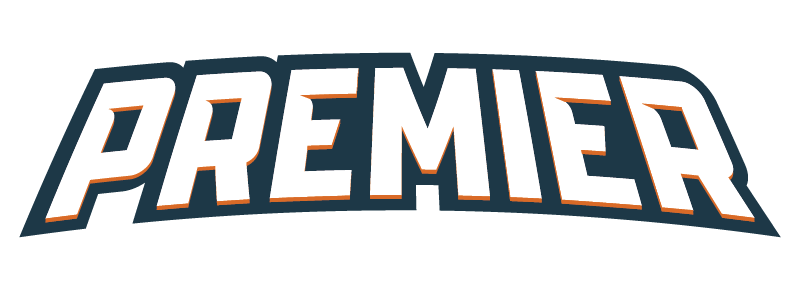
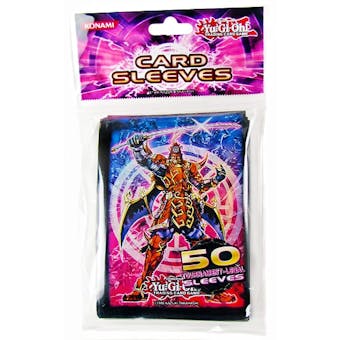 Card Sleeves
Card Sleeves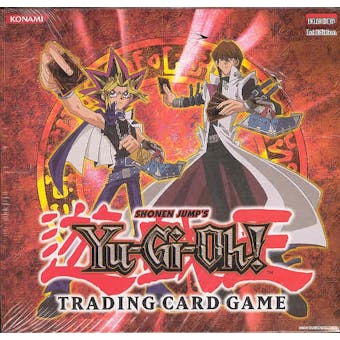 Starter Deck
Starter Deck Syncro Monster
Syncro Monster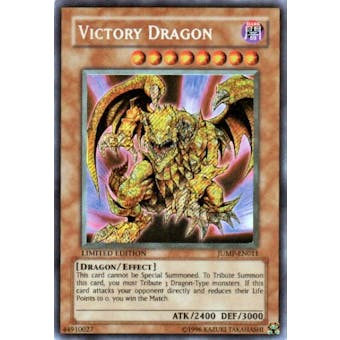 Effect Monster
Effect Monster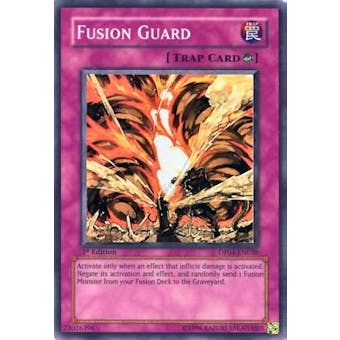 Trap Card
Trap Card Spell Card
Spell Card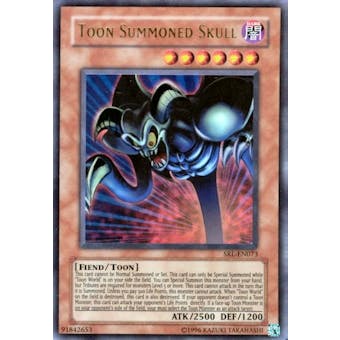 Special Summon
Special Summon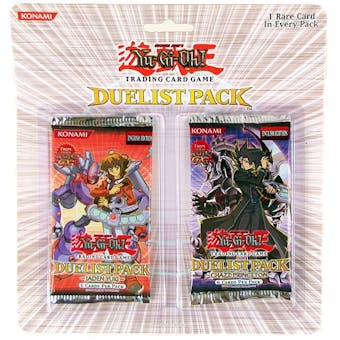 Duel Pack
Duel Pack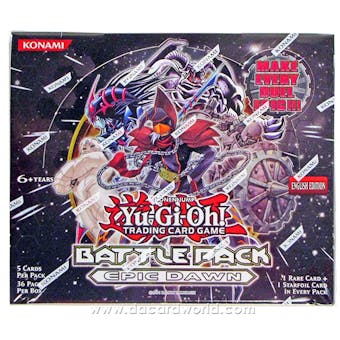 Battle Pack
Battle Pack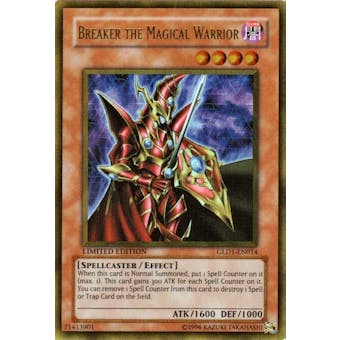 Monster Card
Monster Card Card Effect
Card Effect